
Contents
Let’s travel!

Yappi!
In this article, I will introduce you to the “Fugu” (pufferfish)!
Do you know Fugu? Yes, it is that deadly poisonous fish. It’s also said to pufferfish, blowfish, or globefish.
The fish’s poison is so lethal. It is said that the poison (tetrodotoxin) is 1,000 times more potent than cyanide and cannot detoxify efficiently. Even worse, there is no antidote.
Tetrodotoxin is one of the most potent neurotoxin poisons. Once you take the poison, you feel paraesthesia in your face and limbs. Dizziness, numbness, nausea, vomiting, and diarrhea may also occur. Later, you feel difficulty breathing or shortness of breath and abnormal heart rhythms.
In the end, your breathing and heart beating will stop. And the horrible thing is that you remain fully conscious till the end.

What you can do to survive is only get respiratory support and supportive care until the poison is excreted in the urine. What a terrible fish!
But do you know that a culture exists that is eating such devilish fish in the world?
Yes. It is Japan.
In fact, in addition to Japan, China, Korea, and Singapore also have a culture of eating pufferfish. But especially Japanese passion for eating Fugu stands above the rest.
History of eating Fugu in Japan
It is believed that the Japanese have been eating fugu since ancient times. The history of fugu dates back to the Jomon period, a time in Japanese history (14,000-300 BCE). This is confirmed by the fact that many fugu bones have been found in shell middens dating back to the Jomon period.
Fugu has been loved in Japan since ancient times, and there are many exciting stories in history.
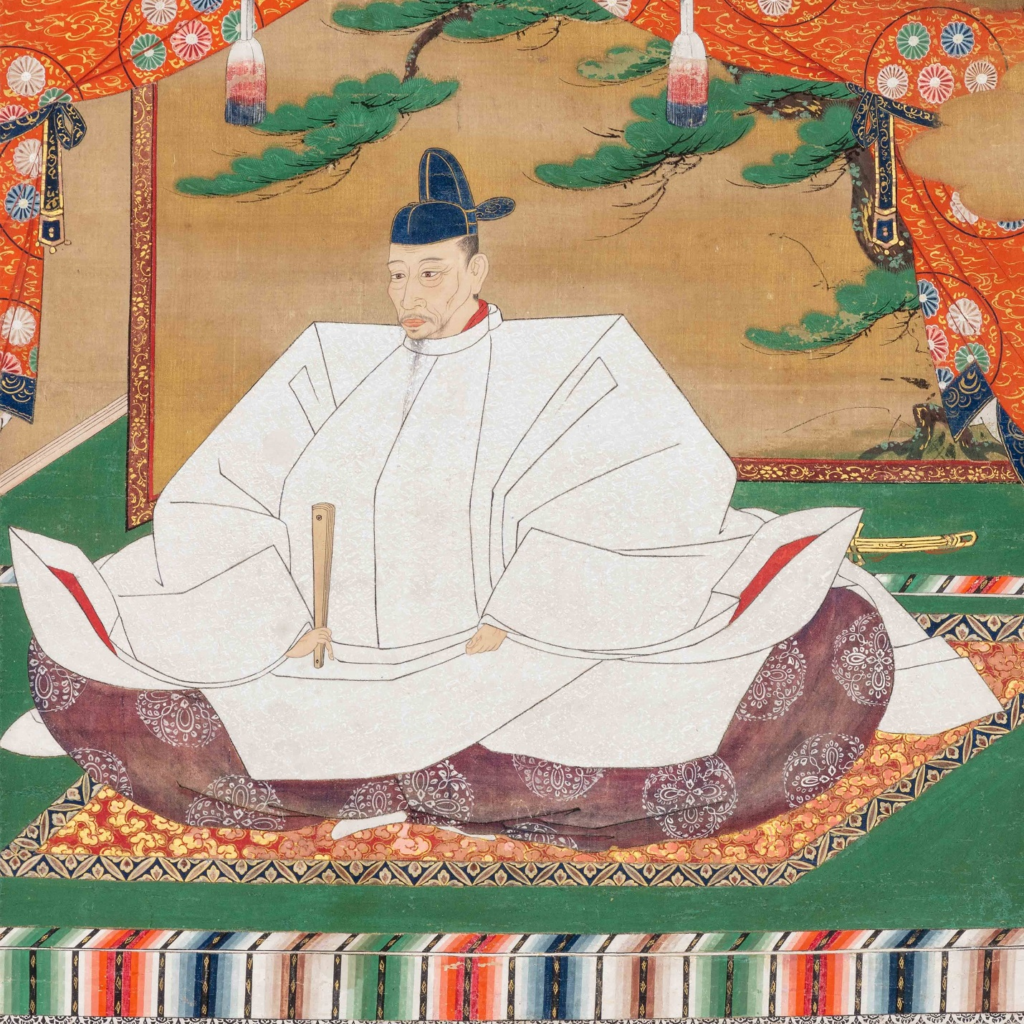
One of the most famous samurai lords Toyotomi Hideyoshi in the Sengoku period, banned eating fugu after a devastating death toll among his troops by eating the fish. But this dangerous fish also attracted people during that prohibition, so some records show that people had eaten fugu secretly even though some punishments were so harsh. It is said that, in Choshu Domain, a violator was confiscated their estate by the administration!
In 1882, the government again issued a decree against eating fugu, stating that those who ate fugu shall be punished by imprisonment and a fine.
However, it is said that people continued to eat puffer fish.
There is an exciting episode that took place when the ban on eating fugu was lifted.

In 1887, the first Japanese prime minister Ito Hirobumi stayed at Shunpanro in Yamaguchi prefecture. Unfortunately, the day when he arrived, the sea was so rough that any fresh fish couldn’t offer—except fugu. The proprietress of the inn was knew she would be punished if she offered fugu to him, but she did. However, he was so impressed by the flavor and admired it, so he decided that lift the ban in 1888. And since then, there has been a gradual public revival of pufferfish eating culture.
How to eat?
There are many fugu species in the world, about 100 species all over the world, and about 50 species around Japan. Of these, 22 species are permitted for human consumption.
Japan eats a wide variety of fugu, but when it comes to eating fugu in a restaurant, it usually indicates “torafugu.” Torafugu is also called the king of pufferfish and is considered the most expensive and delicious.
Now that aquaculture technology has been established, you can enjoy fugu all year!
In Japan, a license is required to serve fugu dishes, and skilled chefs prepare them so that you can enjoy them without the need to call an ambulance!
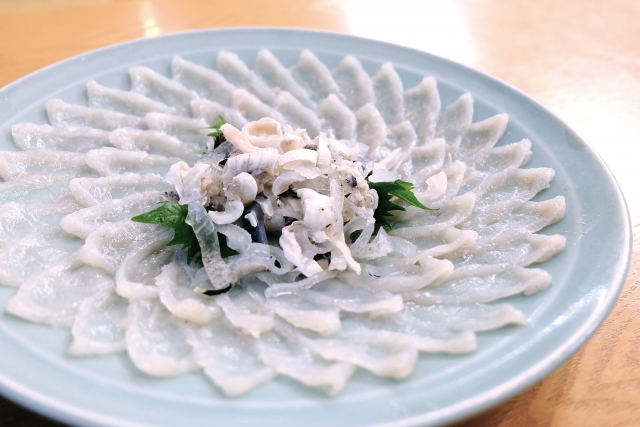
- Fugu sashimi
Also known as Tessa. Its origin is Teppo (gun in Japanese) Sashimi. The name Tessa is derived from the fact that a man will die if hit by that poison, which is the same as being shot with a gun. It is often served with ponzu (Japanese sauce made from citrus juice and soy sauce ), which gives the dish a chewy texture and tasty pufferfish flavor.
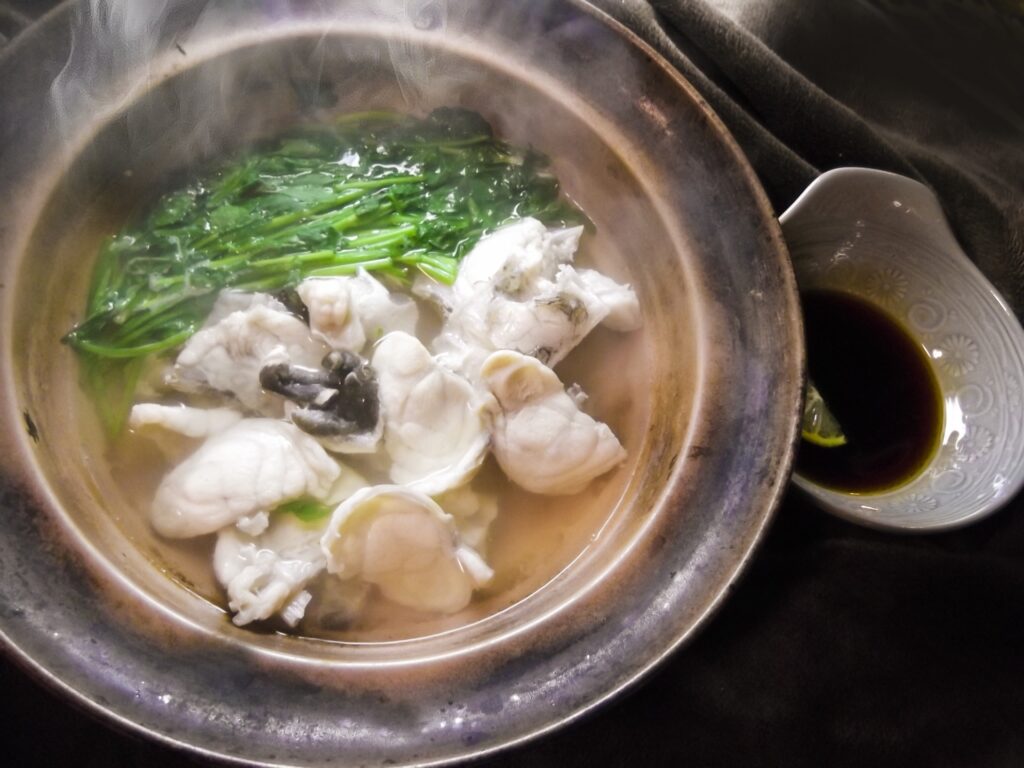
- Hot pot
They are also known as Tecchiri. The name is derived from the teppo mentioned above and the Chiri-nabe, which refers to a pot containing fish fillets. Fugu is mainly eaten in winter, and having a hot fugu Tecchiri with everyone during the cold season in Japan is sure to be a great memory!
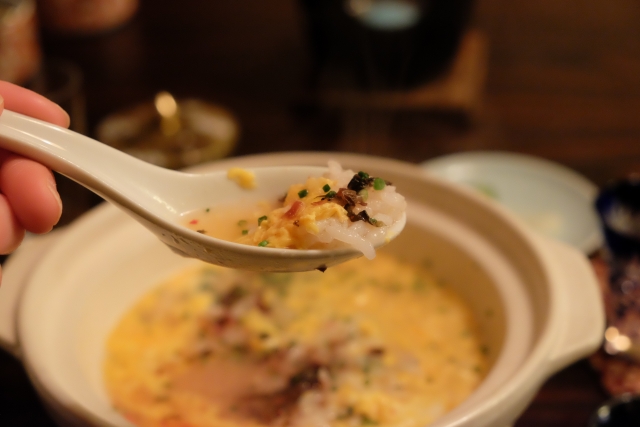
- Zosui (rice porridge)
After the hot pot, it is common to finish the meal with zosui. This is a soup with rice and beaten egg in a pufferfish broth. It is often seasoned with salt and soy sauce, but you can also add leftover ponzu and condiments to taste a different flavor.
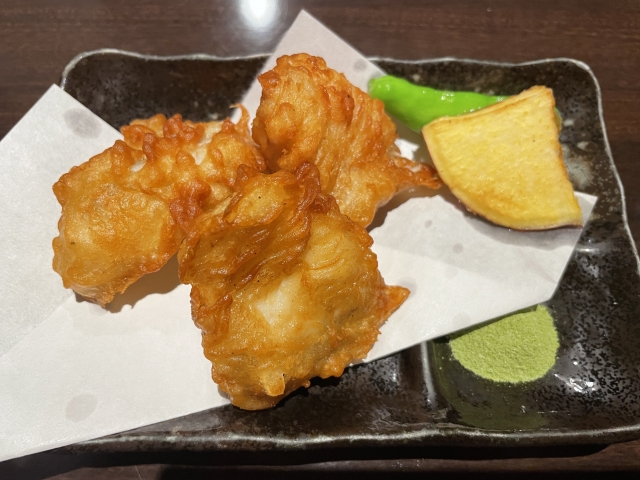
- Karaage (deep-fried fish)
Crispy on the outside and fluffy on the inside. It has a texture and flavor that cannot be found in any other fish. It is a bit like chicken, but with a unique white meat fish feeling that crumbles into pieces, it is a must-try!
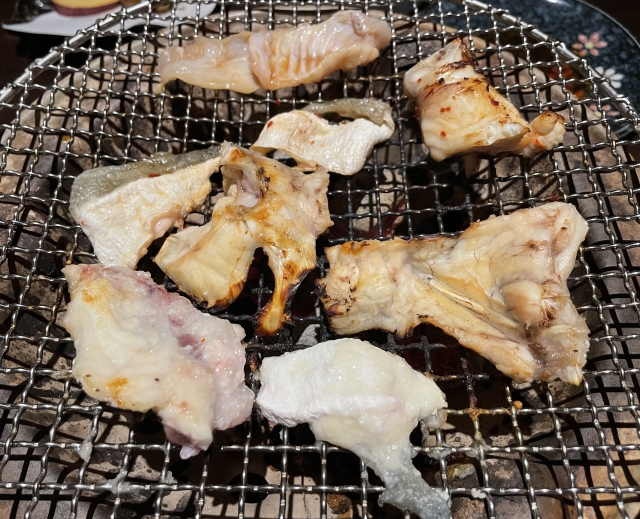
- Charcoal Grill
Grilled, with its concentrated flavor, is also to be considered. If you have room in your stomach, you should try this one, which cannot be tasted in any other cooking method.
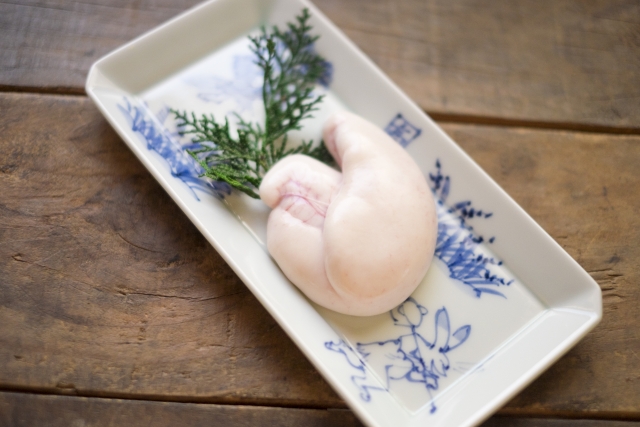
- Shirako (milt)
There are several ways to eat shirako, including grilled, tempura, and sashimi. You can find inexpensive frozen products at supermarkets, but I highly recommend trying the freshest ones at a fugu restaurant. It does not have a fishy smell and is creamy and very tasty. You may feel intimidated by the idea of fish tastes, but I highly recommend it. It is so famous that when people think of fugu in winter, they think of shirako, a dish that is sure to sell out.
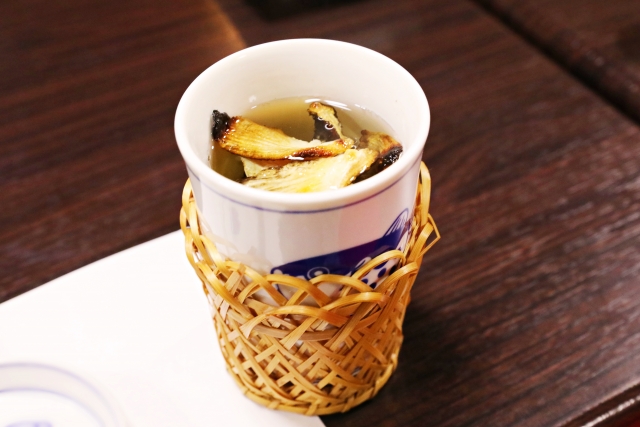
- Fin Sake
Fugu fins are dried and slowly seared, then placed in hot sake, lit on fire, and steamed for a short while. The extract of the fugu is infused into the sake, giving it a rich flavor. To be honest, this is probably my favorite sake. If you can drink sake, please try it!
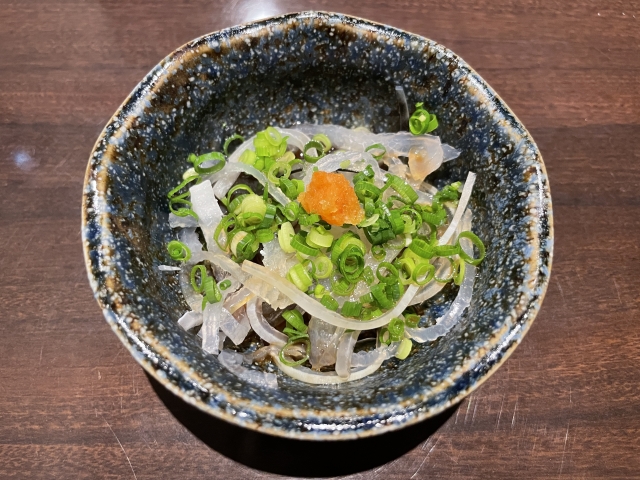
- Skin sashimi
The fugu’s skin is boiled in hot water and cut into thin strips. Enjoy the collagen-rich texture of the skin.
Places where you can eat fugu
Here are some places where you can eat fugu in Japan. In fact, there are many fugu restaurants in Japan. I’ll show you some of the most famous and relatively easy to get to.
Yes, this is the restaurant that appeared in the Ito Hirobumi episode I mentioned earlier. This restaurant, with its main branch in Shimonoseki, Yamaguchi, is famous as the first restaurant in Japan to be officially licensed to serve pufferfish cuisine. There are also restaurants in Japan’s major cities, Tokyo and Osaka.
Reservations can be made through the English website, so why not make it a memorable experience in Japan?
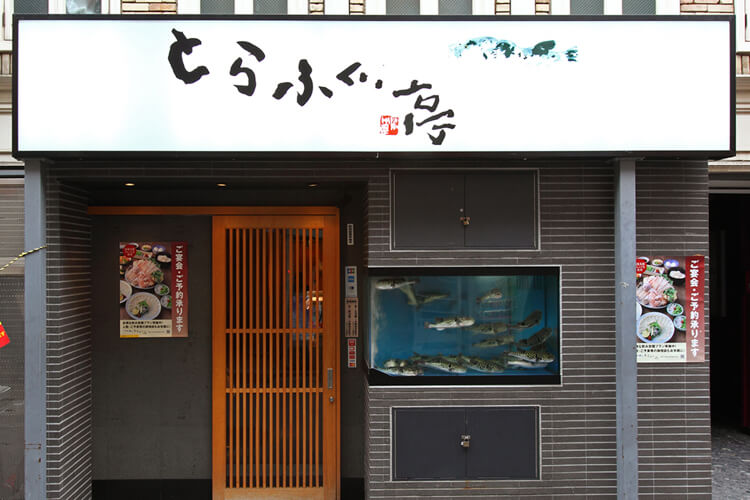
This is a relatively inexpensive place to enjoy fugu, with branches located mainly in the Kanto area (Tokyo, Saitama, Chiba, and Kanagawa). This restaurant is famous for its aquarium-like fugu tank in front of it!
Reservations can be made through this English website, so please take a look!
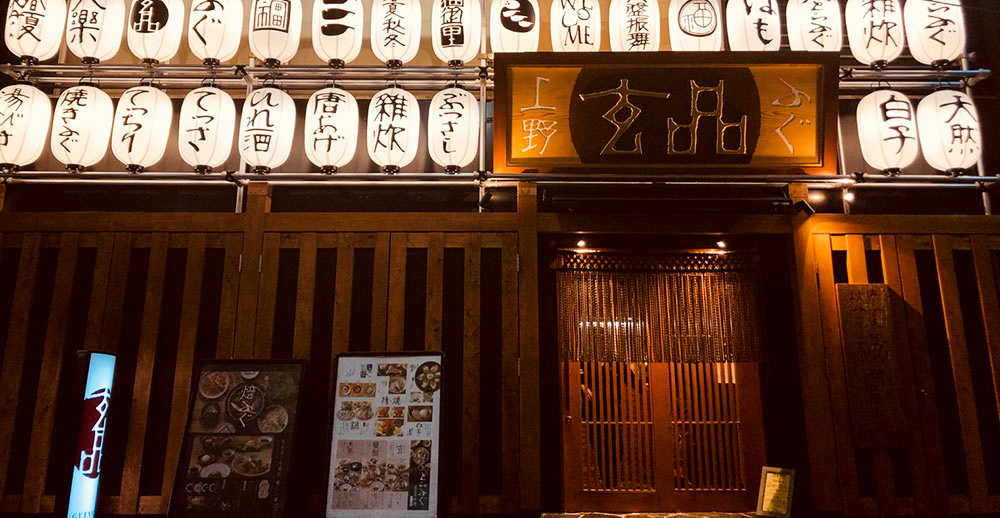
This restaurant is widely available outside the Kanto area, so it may be easier to access when visiting outside Tokyo. I also see that they are also operating in China and Singapore, in addition to Japan.
Reservations can be made through this English website, so please take a look!

I hope you will try Fugu as a memory of your visit to Japan!
Bye bye!






